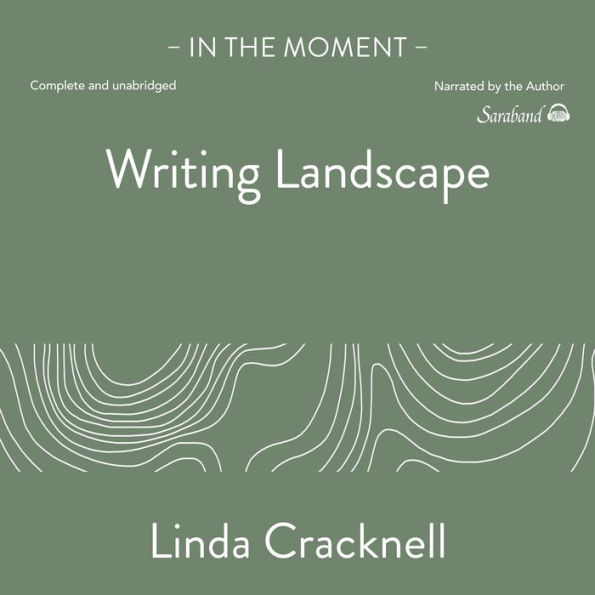“An object lesson in attentive looking … wonderfully intense … a small book, but a mighty one.” Scotsman
“A revealing and meditative reflection on writing and the facilitation of writing … Cracknell’s deep engagement with and love of nature runs through the essays … What elevates these essays … is their sheer depth and range … A fantastic insight into the creative process and the necessity of the wilderness to the construction, presentation and consumption of art. Whether to help your own creativity or simply to learn the art of Serious Noticing, this book is an inspiring read for every writer or nature-lover.” The Bottle Imp
“A really inspirational read … a book that takes you by the hand and puts your fingers in the sand and soil … a call to meditation.” Alistair Braidwood, Scots Whay Hae
For Previous Work
“A winning combination of memoir, travelogue and literary meditation.” Daily Mail
“With Cracknell’s writing, you don’t so much see the landscape as feel it.” The Scotsman
“Cracknell wonderfully explores the strange durability of the paths that we make in our lives, in our dreams and after our deaths.” Robert Macfarlane, author of Underland and The Old Ways
“A poignant and passionate memoir … a heartfelt exploration of the mental and physical landscapes that shape our lives.” Gavin Francis, author of Adventures in Human Being
“Not so much a book to inspire you to do her walks, but to challenge you to enjoy your own walks more. Refreshing, lovely, fun: good walking and good writing.” Sara Maitland, author of From the Forest and A Book of Silence
"There is not a step taken in this book that does not engage the writer, and so the reader. To walk with Linda Cracknell is to explore landscape and memory … It is to be enriched by the compulsions of a lifetime.” Tom Pow, poet


